
The Quiet Cartographer Of The Backyard: A Story Of Pip, The Tiny Terrier With A Grand Plan

Elara first saw Pip huddled in the corner of a wire cage at the city shelter, a creature so small and timid she seemed to absorb the light around her, her body vibrating with a low, constant tremor that spoke volumes of past anxieties and unexpressed fears; she was a tiny terrier mix, mostly fur and enormous, dark, worried eyes, and she was utterly overlooked by every family seeking a cheerful, bounding companion. Elara, herself an illustrator whose work involved creating detailed, intricate fantasy maps, felt an immediate, profound kinship with the tiny dog, recognizing in Pip’s guarded stillness a mirror of her own carefully constructed solitude after a difficult few years that had left her emotionally exhausted and prone to long periods of productive but isolating work. She adopted Pip, not to have a lively pet, but to have a quiet, necessary shadow, and they settled into a predictable, contained life in Elara’s small, urban cottage with its postage-stamp sized backyard, a space barely large enough for a folding chair and a few struggling tomato plants. The routine was sacred: Elara worked at her drafting table, the scratching of her pen and the gentle click of her computer mouse the only sounds, punctuated by Pip’s occasional soft sigh from her spot beneath the desk, a life lived entirely in muted, controlled tones, which suited Elara perfectly.
However, Pip, despite her size and initial nervousness, possessed a hidden, relentless drive that Elara soon came to understand was the organizing principle of her small, furry life: she was an obsessive, devoted collector of tiny, shiny, and utterly worthless objects. It began subtly, with a single, perfectly smooth, pale gray river stone placed precisely in the center of Elara’s favorite rug, followed by a rusted metal bottle cap positioned neatly beside the stone, forming an odd, metallic constellation. Soon, Pip’s collection grew with an unnerving, deliberate focus: shards of colorful glass smoothed by rain, pennies too tarnished to be recognizable, the silver foil from chocolate wrappers, and especially, small, bright green plastic tabs pulled from discarded bread bags. These weren't random, scattered treasures; Pip would gather them, carry them carefully in her tiny mouth, and arrange them into meticulously organized, utterly meaningless patterns on the small patch of bare earth near the back fence, or sometimes, more annoyingly, directly in the path between the kitchen and the living room, forcing Elara to perform a careful, single-file sidestep to avoid disrupting the layout. Elara, a woman who valued order above all else, initially found this habit infuriating, spending countless minutes sweeping the small, sharp, filthy objects back into the trash only to find a new, intricate display of shiny pebbles and bottle caps resurrected by Pip the next morning, a subtle, silent defiance that spoke of an urgent, internal necessity the little dog possessed to impose her own kind of order on the world.
Elara tried everything to deter the collecting: hiding the trash bins, blocking access to the back alley, even buying Pip a whole basket of expensive, squeaky toys, all of which were ignored in favor of a particularly fetching piece of discarded chewing gum wrapper. The turning point in Elara's relationship with Pip’s strange habit came during a deep bout of creative block and anxiety, a period where Elara found herself unable to leave her drafting table, paralyzed by the fear that her next map wouldn't be perfect. She was spiraling into self-criticism, sitting rigidly for hours, staring at a blank page, when she glanced down and saw Pip at work. The dog was carefully nudging a flattened piece of aluminum can into a perfect circle, using her nose and front paws with the precision of a jeweller setting a stone, and Elara watched, hypnotized, as Pip then placed four matching blue plastic fragments equidistant around the circle, creating a tiny, self-contained, perfect mandala of urban detritus. It was a moment of profound, quiet realization: Pip wasn't being destructive or messy; she was creating with the only materials she had, communicating a deep, innate need for symmetry and beauty, regardless of the objects’ inherent worth. For the first time in months, Elara felt a gentle shift in her own internal rigidity; if Pip could find such fierce dedication and purpose in arranging trash, perhaps Elara could find a way back to her own work, accepting the messiness of the creative process.
The collecting habit, once a source of irritation, became a point of study, and Elara started treating Pip’s arrangements not as clutter, but as tiny, ephemeral art installations, giving her work the respect it was due. She noticed the patterns changed based on the weather, or perhaps on Pip’s internal mood: tight, concentric circles on rainy days, and long, linear paths of silvery foil laid out when the sun was bright. One particularly overcast Saturday, Elara found Pip’s most elaborate display yet: a large, sprawling arrangement of fifteen smooth, dark stones and twelve matching green bread ties, not in the backyard, but on the small wooden porch immediately outside the kitchen door. The pattern was intricate, a series of connected loops and radiating lines that seemed to point away from the house, toward the street, a structure entirely new and seemingly imbued with a sense of navigational intent. Elara studied it for a long time, trying to decipher the shift in Pip’s cartography, when she realized one of the dark stones was subtly different from the rest—it was not a river stone, but a piece of polished, deep amber glass, reflecting the faint porch light with an unusual warmth. This amber stone had not been found in the alley or the backyard; it was too clean, too unique.
Puzzled, Elara finally allowed curiosity to overcome inertia, realizing that Pip’s map was leading her somewhere specific. She tracked the line of the arrangement back to the edge of the porch, where the pattern ended abruptly, and then noticed a small, almost invisible scuff mark on the wooden railing. Peering closer, she found a tiny, handwritten note tucked into the gap between two fence slats, held in place by a single, familiar green bread tie. The note was from Mrs. Albright, her elderly neighbor, a kind woman Elara hadn't spoken to in weeks due to her self-imposed isolation. The note was simple: "I saw Pip out earlier looking sad. I left her a nice stone near your porch. Please call me, dear. I miss our chats." The 'nice stone' was the amber glass, deliberately placed, recognized by Pip as a unique, foreign element, and then used as the focal point for an entire, complex map designed to get Elara's attention and guide her to the communication. The realization was stunning: Pip hadn't just been collecting; she had been communicating, using her strange, beautiful language of found objects to try and breach the wall of Elara's self-isolation, acting as a tiny, dedicated intermediary between Elara and the human connection she desperately needed but was too anxious to seek out.
Elara felt the stiffness leave her shoulders, the cold anxiety dissolving in the warmth of the dog's profound, quiet effort. She looked at Pip, who was now sitting patiently by the arrangement, her tail giving a few slow, hopeful thumps, the worried look in her dark eyes replaced by a soft, expectant gaze. Elara knelt, carefully picking up the amber glass—Pip's unique treasure—and placing it in the palm of her hand, feeling the smooth, warm weight of the dog's unspoken message. She realized that Pip had spent months mapping the territory of Elara's heart, using the mundane discarded objects of the city to communicate the singular, vital truth that even the smallest, most broken things hold value and can be arranged into something beautiful and meaningful, and that even a solitary life needs connection. That day, Elara called Mrs. Albright, had a long, real conversation, and later, she returned to her drafting table, not with the crippling demand for perfection, but with a renewed, gentle enthusiasm. She started designing a new map, not of a fantasy world, but of her own backyard, meticulously detailing Pip’s arrangements, the bottle caps and the smooth stones and the pieces of amber glass, recognizing them for what they were: the most honest, deeply felt cartography she had ever encountered, a map of love and quiet, persistent belonging, drawn one tiny, shiny object at a time. The bond between the tiny, nervous dog and the quiet, anxious woman was forged not in spoken words, but in the eloquent, endearing language of salvaged treasures, a truly real, deeply cute, and utterly profound testament to the quiet, transformative power of animal companionship.
News in the same category


My Stepmom Took the Christmas Gift My Dad Left Me And Told Me I Didnt Deserve It, Unaware It Was a Test
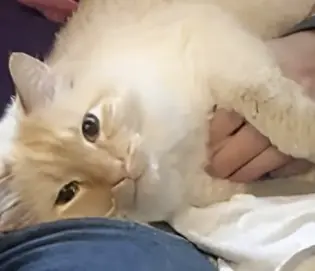
The Silent Bond: How My Autistic Brother’s First Words Changed Everything
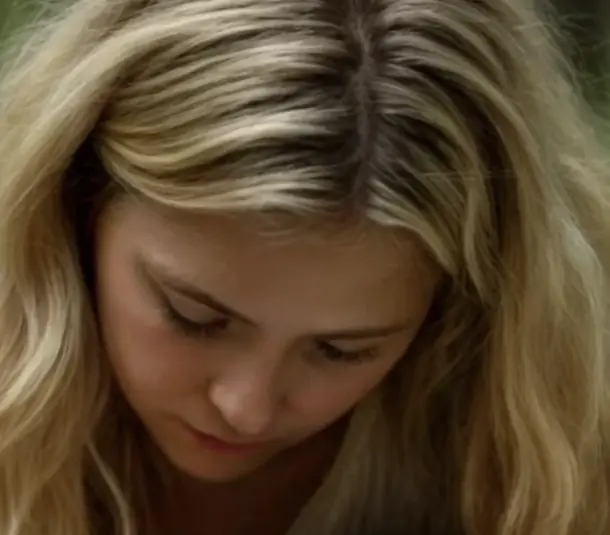
She left her children in the fir forest for a life of wealth—but the past found her 18 years later

The orphan girl who inherited a modest house deep in the forest went mushroom picking and found an airplane… One look inside the cockpit changed everything…

Then have dinner with your mother, I’m going home, — I snapped at my husband who had brought my mother-in-law to the restaurant

At 61, I reunited with my first love — a remarkable story of love, healing, and a new beginning
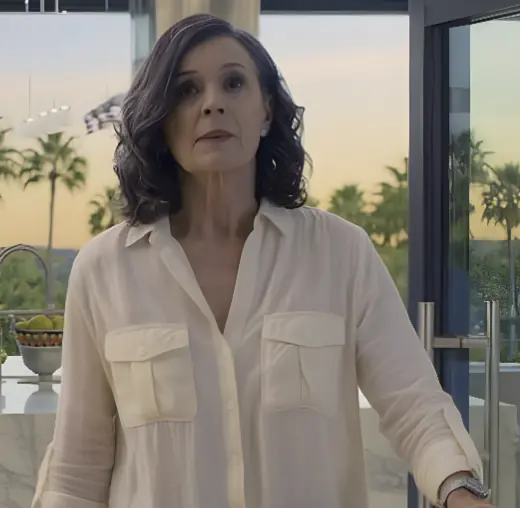
A daughter growing up with love: how a devoted dad built a life of strength and family

How an unexpected knock reunited a family and reshaped a father’s heart forever

5 nighttime symptoms while sleeping that could indicate can.cer

I Found My Husband’s Second Wedding Photos—And He’s the Groom and Father of the Bride

A DNA Test Revealed I Have a Son… But I’ve Never Given Birth
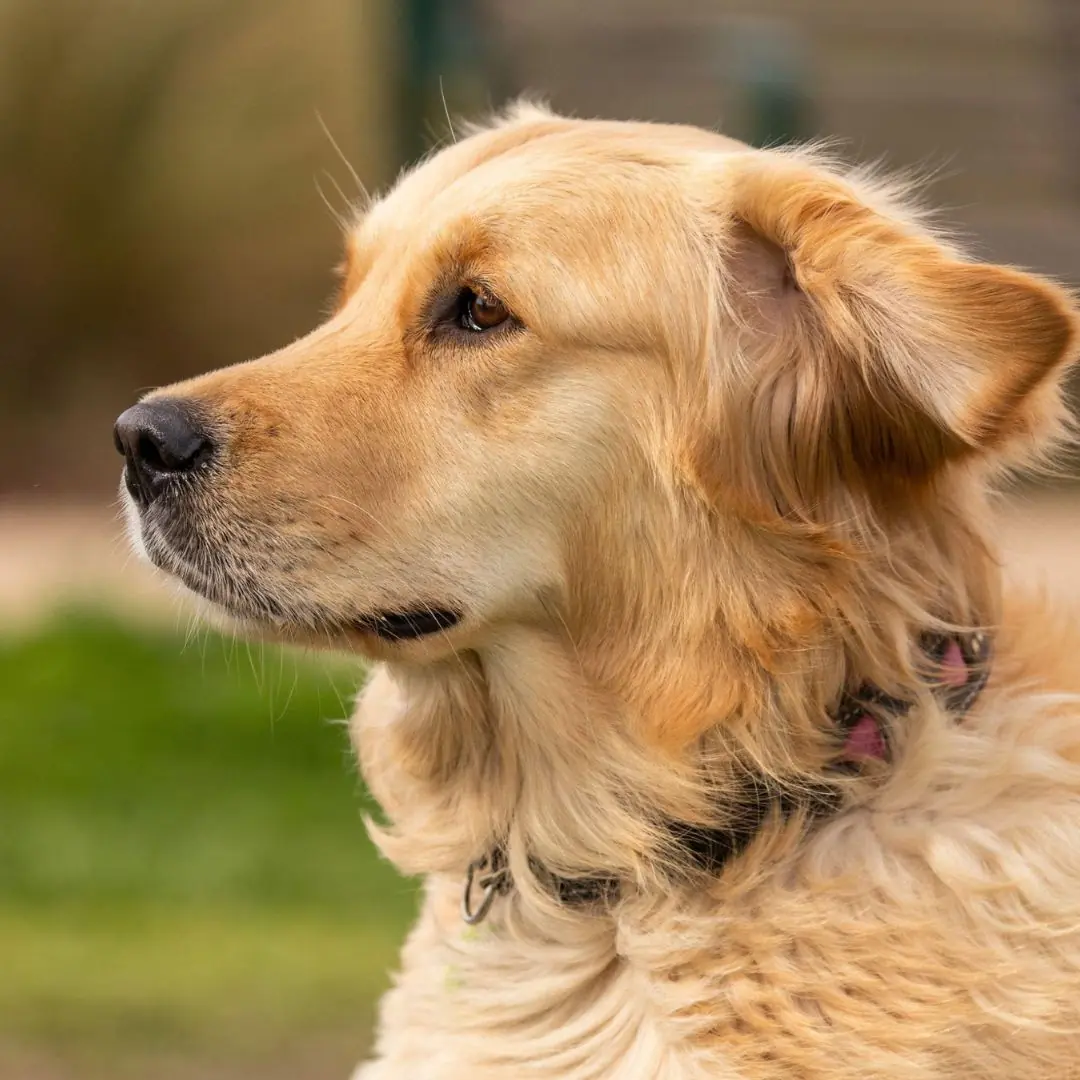
Echoes of the Forgotten Meadow

A Revealing Mother’s Day Gift That Changed Everything

My wife refused our deaf newborn: ‘leave him at the hospital—I’m not raising a child like this

The Little Boy And The Injured Sparrow

A young girl married an old man to save her family, but on their wedding night the old man did something terrible

She arrived without a suitcase, with just a paper bag. Her eyes expressed a fatigue that seemed less the result of a restless night than that of a lifetime of hardship

An Extraordinary Couple Welcomes a Healthy Daughter — A Story of Love, Loss, and Redemption
News Post

Ice Cream Bombe with Pistachio, Rosewater & Raspberry

A single mother was not afraid to marry a widower with six children

My Stepmom Took the Christmas Gift My Dad Left Me And Told Me I Didnt Deserve It, Unaware It Was a Test

The Silent Bond: How My Autistic Brother’s First Words Changed Everything

She left her children in the fir forest for a life of wealth—but the past found her 18 years later

The orphan girl who inherited a modest house deep in the forest went mushroom picking and found an airplane… One look inside the cockpit changed everything…

Then have dinner with your mother, I’m going home, — I snapped at my husband who had brought my mother-in-law to the restaurant

At 61, I reunited with my first love — a remarkable story of love, healing, and a new beginning

A daughter growing up with love: how a devoted dad built a life of strength and family

How an unexpected knock reunited a family and reshaped a father’s heart forever

Your Body May Be Telling You Your Arteries Are Clogged — 10 Signs to Know
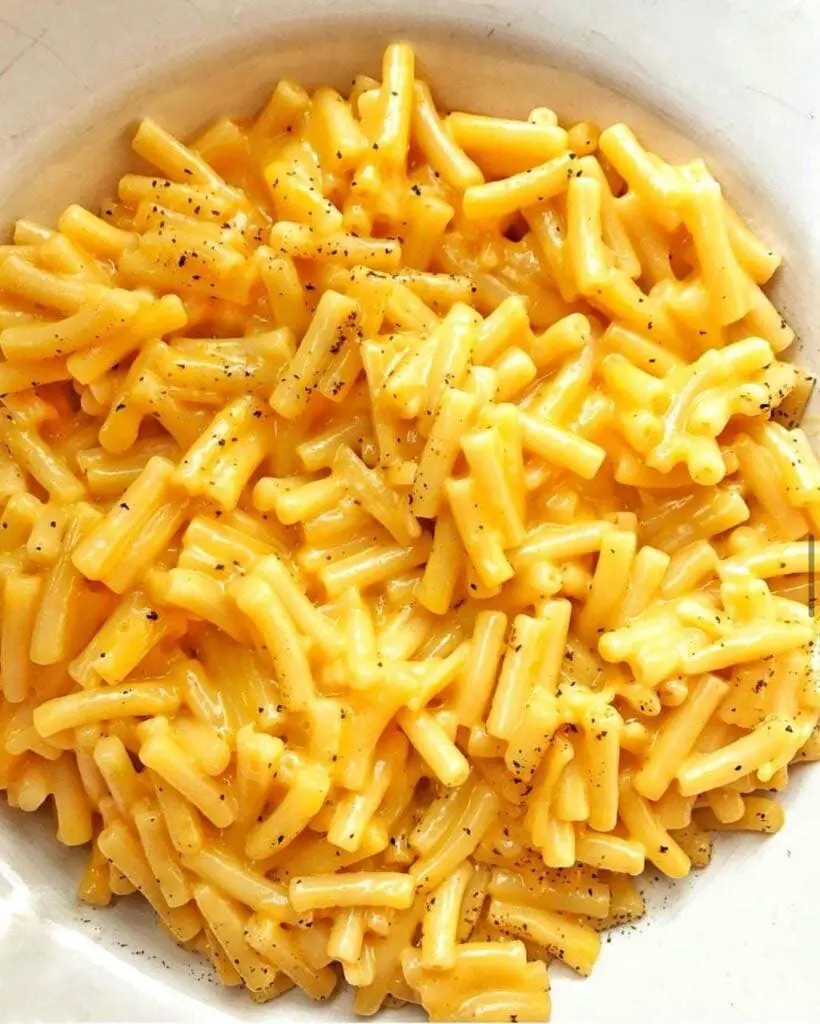
Grandma’s Kraft Dinner
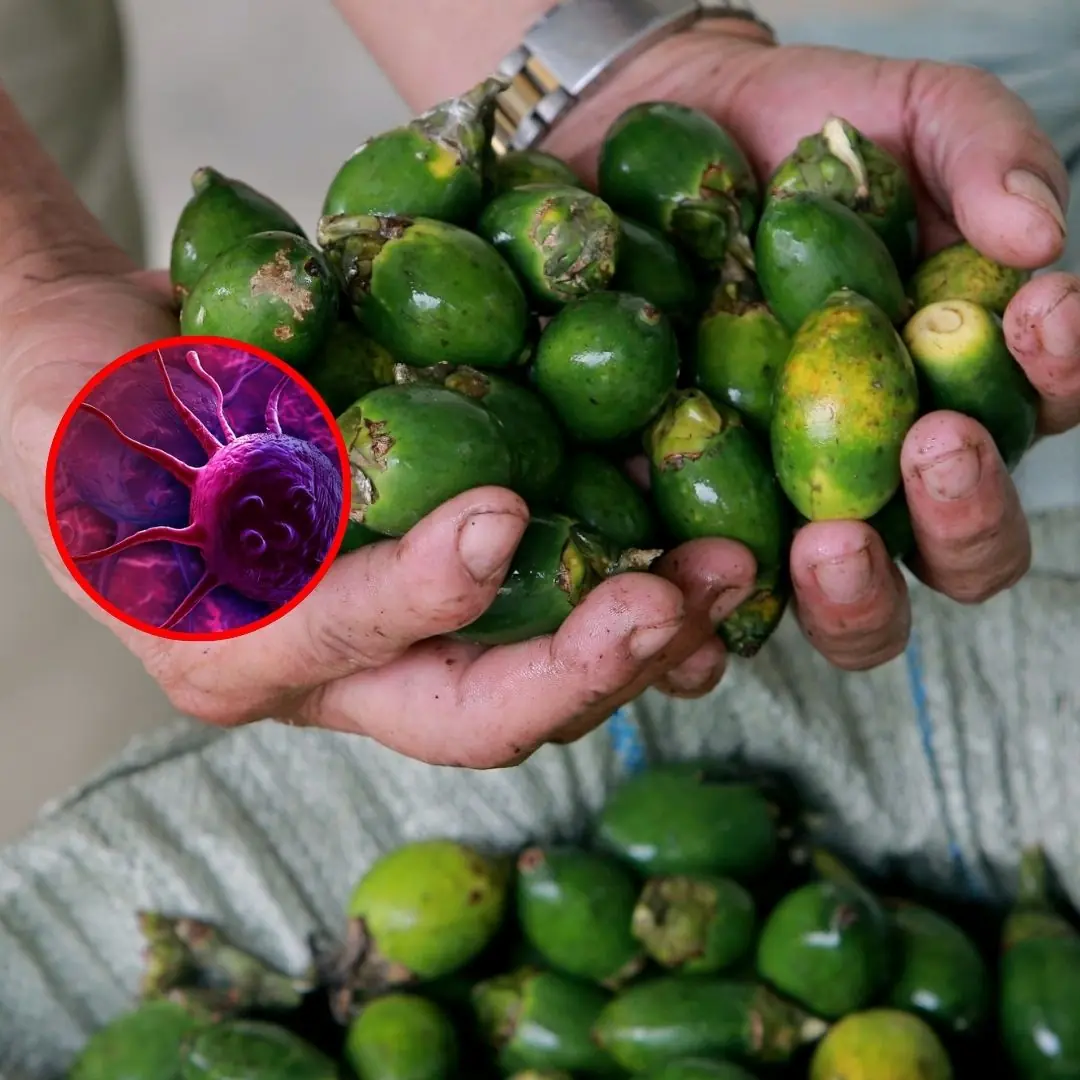
4 fruits that "feed" can.cer cells avoid them at all costs, no matter how cheap they are

5 nighttime symptoms while sleeping that could indicate can.cer

42-year-old man suffers sudden stro.ke despite not smo.king or drin.king: Doctor says it was caused by “three habits”

I Found My Husband’s Second Wedding Photos—And He’s the Groom and Father of the Bride

A DNA Test Revealed I Have a Son… But I’ve Never Given Birth

Echoes of the Forgotten Meadow
